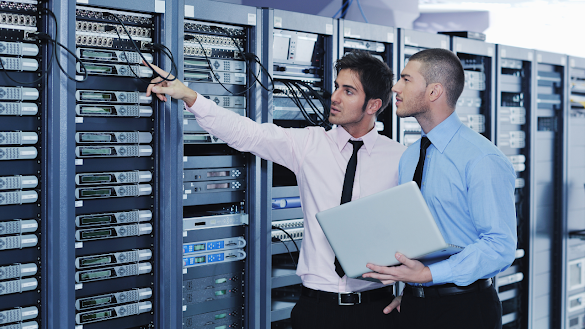Servers are the backbone of any IT infrastructure, providing the power and connectivity required for various tasks. From hosting websites and apps to managing data storage and running enterprise software, the right server can make all the difference. However, with the myriad options available, how do you ensure you're building the right server for your needs?
**Key Factors to Consider**
1. **Compatibility and Standardization**: First and foremost, ensure that all the components of your server – be it the CPU, motherboard, memory, or storage – are compatible with each other. Additionally, adhering to industry standards not only ensures seamless operations but also simplifies any future maintenance or upgrades.
2. **Server Form Factors**: Depending on your specific needs and the environment, you can choose between rack servers, blade servers, or tower servers.
* **Rack Servers**: Primarily used in data centers, these servers provide powerful processing capabilities and are ideal for businesses with substantial IT needs.
* **Blade Servers**: These are perfect for space-constrained situations and offer a compact solution without compromising on power.
* **Tower Servers**: Ideal for SMEs, tower servers are standalone units that are easy to maintain.
3. **Futureproofing and Scalability**: Always think long-term. The IT demands of today may not be the same tomorrow. Opt for components that cater to future growth - multi-core CPUs, flexible memory configurations, and storage solutions that can be effortlessly scaled.
4. **Network Interfaces**: Essential for connecting to a network, NICs play a pivotal role in server operations. Depending on your requirements, you can go for dual-port NICs for redundancy or fiber channel adapters for swift storage connectivity.
5. **Power Supplies and UPS**: A server is only as good as its power source. Ensure you choose robust and efficient power supplies. Also, invest in an uninterruptible power supply (UPS) to safeguard against unexpected power outages and potential data loss.
6. **Cooling Solutions**: A well-cooled server performs optimally. Depending on your server’s power consumption and deployment environment, you can select from fans, liquid cooling systems, or HVAC systems.
## **FAQs**
1. **Q**: What’s the main difference between a blade server and a rack server?
**A**: Blade servers are designed to be compact and are housed within a larger chassis, making them space-efficient. Rack servers, on the other hand, are standalone units that fit into standardized mounting racks.
2. **Q**: How often should I upgrade my server components?
**A**: Depending on the workload and demands, typically every 3-5 years. However, always monitor performance metrics to make an informed decision.
3. **Q**: Is it necessary to invest in a UPS for my server?
**A**: While not mandatory, a UPS is highly recommended. It provides a safety net against unexpected power interruptions and can save you from potential data loss or hardware damage.
4. **Q**: How can I assess the compatibility of server components?
**A**: Vendor specifications and guidelines are a great starting point. Additionally, various online tools and platforms can aid in ensuring component compatibility.
**Conclusion**
Building a server is no small task. By keeping the above considerations in mind and drawing insights from trusted sources like Techbuyer, TechTarget, Dell, and more, you can ensure a robust, future-ready, and efficient server setup. Remember, the right server can significantly augment your IT operations and contribute to seamless business processes.
*[Sources: Techbuyer, TechTarget, Dell USA, Enterprise Storage Forum, Pure Storage Blog, FS Community]*.
